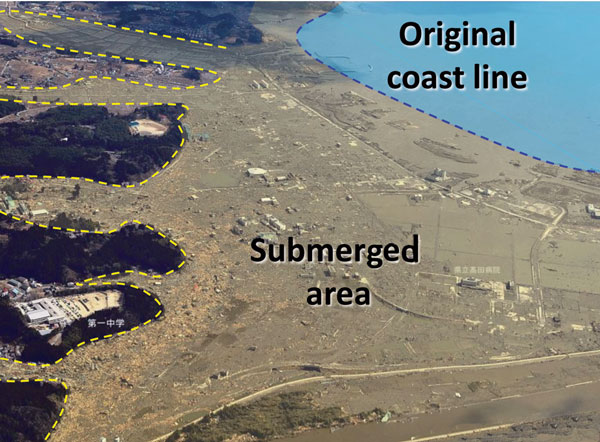The tsunami-hit cement plant
Natural disasters can happen at any time and anywhere in the world in an instant with devastating consequences and huge loss of life. There is little anyone can do to limit the impact of such occurrences, which are unpredictable and outside of human control. So when these phenomena strike a community and impact everyday life, the entire structure of one’s existence can be redefined in a split second. Such was the impact of the tsunami which hit Japan in 2011 and destroyed much of Fukushima and the surrounding area. It also changed the future of the manufacturing process at Taiheiyo’s Ofunato cement plant. By Takayuki Suzuki, Taiheiyo Cement Corp, Japan.

Figure 1: the coastal area of Kesennuma, Miyagi Prefecture
On 11 March 2011 a major earthquake occurred in Japan. The so-called Great East Japan Earthquake had a magnitude of 9.0 on the Richter scale. The epicentre was on the sea floor, 130km east-southeast, off the coast of Miyagi prefecture. It was the largest-ever earthquake to hit Japan. The damage was large, but the devastation by the subsequent tsunami was enormous. Approximately 19,000 people died or were missing and more than 400,000 houses were destroyed. In addition, 400,000 people were evacuated from the area and 800m households lost power. Finally, Fukushima Nuclear reactors 1-3 suffered a major failure and had to be shut down, while people were quickly moved out of the area. The Japanese government now estimates that damage caused by the earthquake is JPY25trn (US$252bn), up from an earlier estimate of JPY16trn.

